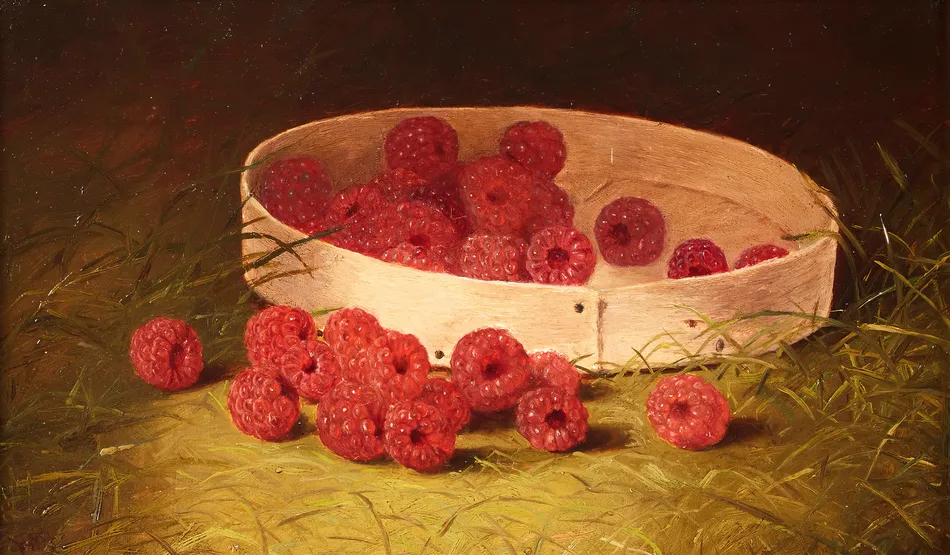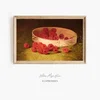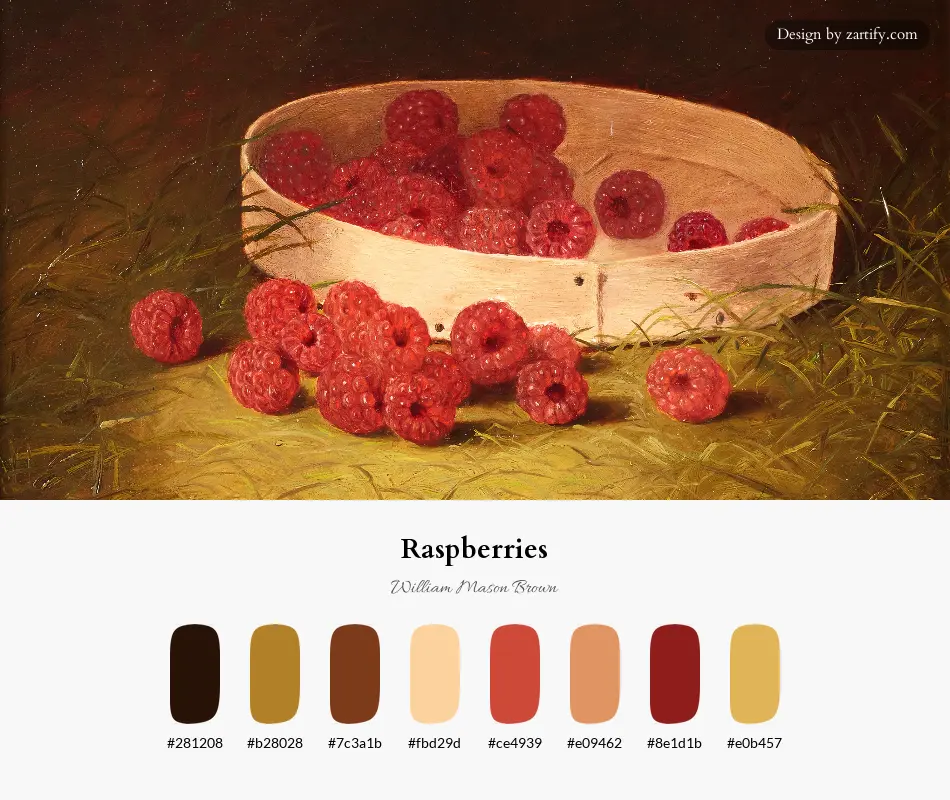




About the Artist
William Mason Brown, an American artist born around 1828 in Troy, New York, carved a niche for himself in the art world with his diverse portfolio that included portraits, landscapes, and trompe-l'œil still lifes. Initially trained under Abel Buell Moore, Troy's esteemed portraitist, Brown embarked on his artistic journey as a portrait painter before his interests and talents led him to explore other genres. His relocation to Newark, New Jersey, in 1850 marked a pivotal shift towards landscape painting, a genre in which he would gain considerable acclaim. By 1858, his move to Brooklyn, New York, saw him embracing still life painting, a domain where his work would be celebrated for its romantic allure and meticulous detail. Brown's artistry was deeply influenced by the first generation of the Hudson River School, particularly Thomas Cole, and the Pre-Raphaelites, blending romanticism with realism in his landscapes and still lifes. Over a span of thirty-one years, his works were showcased at the National Academy of Design, testament to his enduring legacy in American art. Today, his paintings grace the collections of prestigious institutions such as the Brooklyn Museum of Art, the Cleveland Museum of Art, the Corcoran Gallery of Art, and the Pennsylvania Academy of the Fine Arts. Brown's life came to a close in 1898, following a bout of heatstroke, leaving behind a body of work that continues to captivate and inspire.
Master’s Palette
Reveal the unique color story behind each piece, helping you delve into the artistic essence, and spark boundless inspiration and imagination.

Bring the captivating colors to your project. Click to copy!
#281208
#b28028
#7c3a1b
#fbd29d
#ce4939
#e09462
#8e1d1b
#e0b457


 (c. 1380-1390)-full.webp)
-full.webp)
-full.webp)
-full.webp)
-full.webp)
-full.webp)